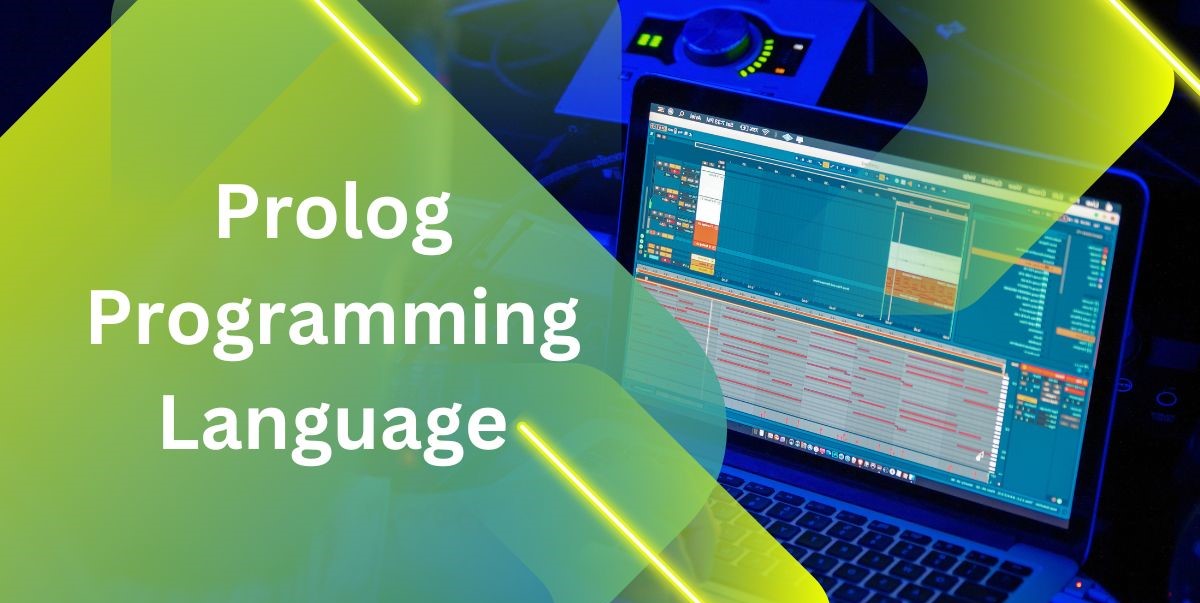
Prolog, a versatile and powerful programming language, has gained prominence in the tech and sciences domain. Its unique features and applications make it a fascinating subject for both seasoned programmers and those new to the field. In this article, we will delve into six essential facts about Prolog, shedding light on its capabilities, applications, and significance in the realm of technology and sciences. Whether you're a programming enthusiast, a student exploring new languages, or a professional seeking to expand your knowledge, understanding these facts about Prolog will provide valuable insights into its potential and relevance in today's digital landscape. So, let's embark on a journey to unravel the intriguing world of Prolog and discover the compelling reasons why it continues to captivate the minds of tech and sciences enthusiasts worldwide.
Key Takeaways:
- Prolog is a logic programming language used in AI and natural language processing, making it great for solving complex problems with its unique approach based on logical inference and pattern matching.
- Developed in the 1970s, Prolog is widely used in academia and research, especially in fields like computational linguistics and artificial intelligence, due to its versatility and expressive power.
Prolog is a Logic Programming Language.
Prolog, short for "Programming in Logic," is a declarative programming language associated with artificial intelligence and computational linguistics. It is based on first-order logic and allows for the creation of logical representations of knowledge, as well as the ability to perform automated reasoning. Prolog is widely used in various fields, including natural language processing, expert systems, and computational biology.
Prolog's unique approach to problem-solving, which involves defining relationships and rules, sets it apart from traditional imperative programming languages. Its emphasis on logical inference and pattern matching makes it a powerful tool for solving complex problems in domains such as symbolic computation and theorem proving.
Prolog was developed in the 1970s.
The development of Prolog can be traced back to the early 1970s, with the language being formally defined in 1972 by Alain Colmerauer and Phillipe Roussel. Its roots can be found in the work on logic programming and automated theorem proving, making it one of the earliest logic programming languages to be widely adopted.
Prolog is often used in natural language processing.
Due to its ability to handle symbolic computation and pattern matching, Prolog has found extensive use in natural language processing (NLP) applications. Its logical and rule-based approach aligns well with the complexities of human language, making it suitable for tasks such as parsing, semantic analysis, and language generation.
Prolog programs consist of facts and rules.
In Prolog, programs are constructed using a combination of facts and rules. Facts represent basic assertions about the domain of interest, while rules define logical relationships and conditions. This distinctive feature allows for the creation of knowledge bases and the implementation of sophisticated reasoning mechanisms.
Prolog supports backtracking.
One of the key features of Prolog is its support for backtracking, which enables the systematic exploration of alternative solutions to a given problem. This mechanism allows Prolog programs to efficiently search for solutions by exploring different branches of the computation tree, making it particularly well-suited for constraint satisfaction problems and combinatorial optimization.
Prolog is widely used in academia and research.
The versatility and expressive power of Prolog have made it a popular choice for academic research and experimentation. Its applications in fields such as computational linguistics, artificial intelligence, and cognitive science have led to the development of numerous Prolog-based tools and frameworks, contributing to its continued relevance in the academic community.
In conclusion, these six facts shed light on the significance and versatility of Prolog as a logic programming language. Its foundational principles, coupled with its applications in diverse domains, underscore its enduring relevance in the realm of computational logic and artificial intelligence.
Conclusion
In conclusion, Prolog is a powerful and versatile programming language that offers unique features for solving complex problems. Its declarative nature, pattern matching capabilities, and efficient handling of logical inferences make it a valuable tool for various applications, including artificial intelligence, natural language processing, and expert systems. Understanding the fundamentals of Prolog and its distinctive characteristics can empower developers to leverage its full potential and create innovative solutions. By embracing Prolog's logical programming paradigm and harnessing its computational prowess, individuals and organizations can embark on a journey of discovery and problem-solving, unlocking new possibilities in the realm of technology and beyond.
FAQs
What are the key features of Prolog?Prolog is characterized by its declarative nature, pattern matching, backtracking, and logical inference mechanisms. These features enable developers to express complex problem-solving logic in a concise and elegant manner, making it well-suited for applications in artificial intelligence and computational linguistics.
How is Prolog used in real-world applications?Prolog finds applications in various domains, including natural language processing, expert systems, automated reasoning, and semantic web technologies. It is employed in developing intelligent systems, rule-based engines, and knowledge representation frameworks, showcasing its versatility and utility in practical scenarios.
Was this page helpful?
Our commitment to delivering trustworthy and engaging content is at the heart of what we do. Each fact on our site is contributed by real users like you, bringing a wealth of diverse insights and information. To ensure the highest standards of accuracy and reliability, our dedicated editors meticulously review each submission. This process guarantees that the facts we share are not only fascinating but also credible. Trust in our commitment to quality and authenticity as you explore and learn with us.
